
Кіберспортивні огляди, новини та проходження відеоігор
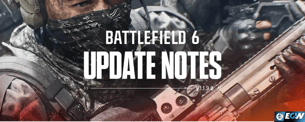 Що нового в Зимовому наступі: Оновлення Battlefield 6 1.1.3.0Winter Offensive 1.1.3.0 додає до Battlefield 6 засніжену карту, нову зброю та покращений геймплей.
Що нового в Зимовому наступі: Оновлення Battlefield 6 1.1.3.0Winter Offensive 1.1.3.0 додає до Battlefield 6 засніжену карту, нову зброю та покращений геймплей. Дата та час проведення церемонії нагородження Game Awards 2025 у всьому світіПідтверджено дату та час проведення TGA 2025 для глобального прямого ефіру, який транслюватиметься на основних платформах.
Дата та час проведення церемонії нагородження Game Awards 2025 у всьому світіПідтверджено дату та час проведення TGA 2025 для глобального прямого ефіру, який транслюватиметься на основних платформах. StarLadder Budapest Major 2025 - Плей-офф Pick'em: Прогнози та думкиПутівник по StarLadder Budapest Major 2025 Плей-офф Pick'Em: прогнози, думки експертів і ключові поради, які допоможуть вам заробити заповітні Діамантові монети.
StarLadder Budapest Major 2025 - Плей-офф Pick'em: Прогнози та думкиПутівник по StarLadder Budapest Major 2025 Плей-офф Pick'Em: прогнози, думки експертів і ключові поради, які допоможуть вам заробити заповітні Діамантові монети. Вкрасти мозок Зимовий захід "Зимова година" Різдвяні мозки та як їх отриматиДізнайтеся про всі різдвяні мозкові коренеплоди під час зимової години "Вкради мозковий коренеплід" і про те, як їх отримати.
Вкрасти мозок Зимовий захід "Зимова година" Різдвяні мозки та як їх отриматиДізнайтеся про всі різдвяні мозкові коренеплоди під час зимової години "Вкради мозковий коренеплід" і про те, як їх отримати.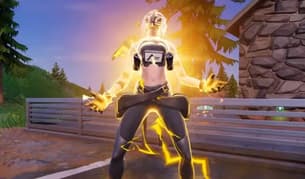 Fortnite Розділ 7 Всі боси - їхні місця розташування та нагородиFortnite Глава 7 Всі боси з точним розташуванням і нагородами.
Fortnite Розділ 7 Всі боси - їхні місця розташування та нагородиFortnite Глава 7 Всі боси з точним розташуванням і нагородами.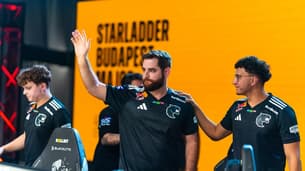 Огляд плей-офф StarLadder Budapest Major 2025Від перших невдач до проривів - шлях до плей-офф StarLadder Budapest Major 2025 був незабутнім. Короткий огляд ключових результатів, які визначили вісімку найкращих.
Огляд плей-офф StarLadder Budapest Major 2025Від перших невдач до проривів - шлях до плей-офф StarLadder Budapest Major 2025 був незабутнім. Короткий огляд ключових результатів, які визначили вісімку найкращих. Зимова година крадіжок "Вкради мозок" Деталі подіїДізнайтеся все про зимову акцію Roblox Steal a Brainrot Winter Hour - нові Christams Brainrots та нагороди.
Зимова година крадіжок "Вкради мозок" Деталі подіїДізнайтеся все про зимову акцію Roblox Steal a Brainrot Winter Hour - нові Christams Brainrots та нагороди. Ось 7-й розділ Fortnite: всі персонажі та їхні локаціїFortnite Глава 7 Всі персонажі розкидані по карті Золотого узбережжя, пропонуючи послуги, варіанти найму та очки прогресу в квестах, які визначають кожен матч у дебютному сезоні.
Ось 7-й розділ Fortnite: всі персонажі та їхні локаціїFortnite Глава 7 Всі персонажі розкидані по карті Золотого узбережжя, пропонуючи послуги, варіанти найму та очки прогресу в квестах, які визначають кожен матч у дебютному сезоні.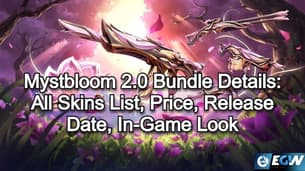 Mystbloom 2.0 Детальна інформація про набір: Список усіх скінів, ціна, дата виходу, вигляд у гріMystbloom 2.0 продовжує квіткову тематику, зберігаючи пелюсткові форми та сезонну палітру кольорів, що визначили першу колекцію.
Mystbloom 2.0 Детальна інформація про набір: Список усіх скінів, ціна, дата виходу, вигляд у гріMystbloom 2.0 продовжує квіткову тематику, зберігаючи пелюсткові форми та сезонну палітру кольорів, що визначили першу колекцію.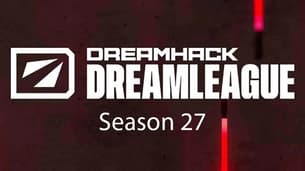 Огляд 27-го сезону Dota 2 DreamLeagueДізнайтеся все про 27-й сезон DreamLeague: розклад, формат, команди-учасниці та призовий фонд $1,000,000.
Огляд 27-го сезону Dota 2 DreamLeagueДізнайтеся все про 27-й сезон DreamLeague: розклад, формат, команди-учасниці та призовий фонд $1,000,000.Найкращі статті
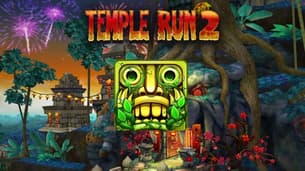 Топ-10 найкращих браузерних покі-ігорПоговоримо про те, у що можна пограти на популярному сервісі з ностальгічними браузерними проектами.
Топ-10 найкращих браузерних покі-ігорПоговоримо про те, у що можна пограти на популярному сервісі з ностальгічними браузерними проектами.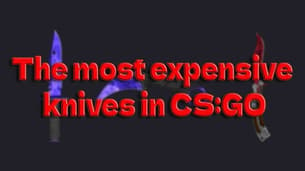 Найдорожчі скіни ножів CS2 та CS:GO у 2025.Хочете купити машину? А може, внутрішньоігровий скін за ту саму ціну може бути кращим?
Найдорожчі скіни ножів CS2 та CS:GO у 2025.Хочете купити машину? А може, внутрішньоігровий скін за ту саму ціну може бути кращим?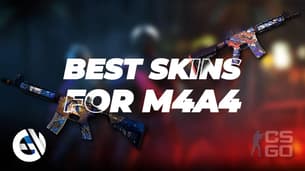 10 найкращих скінів M4A4 для CS2 та CS:GO, які можна придбати в 2025.Розповідаємо про найкращі варіанти надзвичайно популярної штурмової гвинтівки M4A4 у відомому шутері.
10 найкращих скінів M4A4 для CS2 та CS:GO, які можна придбати в 2025.Розповідаємо про найкращі варіанти надзвичайно популярної штурмової гвинтівки M4A4 у відомому шутері.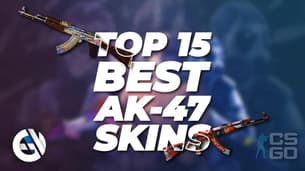 15 найкращих скінів для АК у CS2 та CS:GO, які можна купити сьогодніРозповідаємо про найкращі варіанти скінів на найпопулярнішу штурмову зброю в CS:GO.
15 найкращих скінів для АК у CS2 та CS:GO, які можна купити сьогодніРозповідаємо про найкращі варіанти скінів на найпопулярнішу штурмову зброю в CS:GO.  Найкращі скіни для ОГС, які варто купити у 2023 році: Бюджетний список (до $500)Розглянемо найкрасивіші скіни в CS:GO на AK-47, AWP, M4A1-S, USP-S, Desert Eagle та інші.
Найкращі скіни для ОГС, які варто купити у 2023 році: Бюджетний список (до $500)Розглянемо найкрасивіші скіни в CS:GO на AK-47, AWP, M4A1-S, USP-S, Desert Eagle та інші.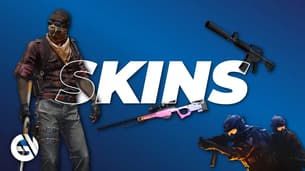 Найкращі маркетплейси ОГС 2025: Де купувати та продавати скіни CSGOДавайте з'ясуємо, де найкраще купувати косметичні засоби для вашого інвентарю.
Найкращі маркетплейси ОГС 2025: Де купувати та продавати скіни CSGOДавайте з'ясуємо, де найкраще купувати косметичні засоби для вашого інвентарю. 


